The North Dakota Native Tourism Alliance Readies to Sell Tour Products Ahead of 2022 Summer Travel Season
The North Dakota Native Tourism Alliance (NDNTA), which represents the tourism interests of the five federally recognized tribes of North Dakota, has formed a new non-profit tour operator, Native American Cultural Tours (NACT), to educate visitors about Native American heritage and create economic opportunities within Native communities. Native American Cultural Tours will promote and sell cultural heritage tours from the five sovereign nations of North Dakota.
NACT expects to launch its website and begin selling tours for the summer of 2022 by the end of the year. As a Native American-led organization, every tour is designed and delivered by the Tribal Nation it represents. This Native-ownership model allows NACT to support the economic growth of Native American businesses and entrepreneurs and provide supplemental employment opportunities in Indigenous communities.
NDNTA has prepared for tribally-owned tour packages and implemented tour operations infrastructure under NDNTA by contracting a part-time tour operations contractor and working closely with the George Washington University International Institute of Tourism Studies (GW IITS) for technical assistance. The GW team has worked side-by-side with NDNTA’s tour operations contractor, Alicia Hegland-Thorpe, to develop tour operations procedures, a booking website, tour operator brand identity, and undertake a tour test in August of 2021.
“This tour test marks an important milestone for NDNTA on its path to bring authentic Native American experiences to visitors,” says Darian Morsette, President of the North Dakota Native Tourism Alliance. “We are committed to bringing Native American-owned tours to market so that our culture and history can be shared in our own voices.”

Lena Ross of America 4 You constructs a model earth lodge during the Native American Cultural Tour Test at Mandan Hidatsa Arikara Nation, North Dakota, August 2021
To prepare for the tour test, the Three Affiliated Tribes of the Fort Berthold Reservation (MHA), Spirit Lake Nation, and Standing Rock Sioux Tribe each put together an overnight tour package highlighting the cultural heritage of their respective nations. Highlights of the week-long tour test attended by the GW team, tour operators, and state tourism representatives included a Native American dance performance and a traditional meal in an Earth Lodge at MHA; a guided tour of the Fort Totten Historic site, which is also a former Native American residential school on the Spirit Lake Nation; the Fort Yates Powwow; and an Indian Relay race and storytelling at Standing Rock Sioux Tribe.



(Left) Lonna Street performs a traditional dance during the Native American Cultural Tour Test at White Horse Hill National Game Preserve, Spirit Lake Nation, North Dakota, August 2021; (Middle) The tour group learns about Fort Totten history as an Indian boarding school during the Native American Cultural Tour Test at Spirit Lake Nation, North Dakota, August 2021; (Right) Elder Louie Garcia, explains the significance of Devil’s Heart Butte during the Native American Cultural Tour Test at Spirit Lake Nation, North Dakota, August 2021
“This is a remarkable achievement, as all North Dakota Tribes have worked together through the North Dakota Native Tourism Alliance to develop and complete our tour packages with the assistance of George Washington University and Native American Cultural Tours,” said Douglas Sevingy, Director of Tourism for Spirit Lake Nation.
“These tours will present an opportunity for our guests to actually see our people and our cultural ways, along with our customs, traditional food and regalia of each North Dakota Tribal Nation.”
About the NDNTA: NDNTA is a non-profit coalition representing the tourism interests of the five nations of North Dakota: Spirit Lake Nation, Standing Rock Sioux Tribe, Three Affiliated Tribes of the Fort Berthold Reservation, Sisseton Wahpeton Oyate, and the Turtle Mountain Band of Chippewa Indians. Started in 2016, the NDNTA’s mission is to protect, promote, preserve, and educate the world about the culture, history and environment of our sovereign nations.
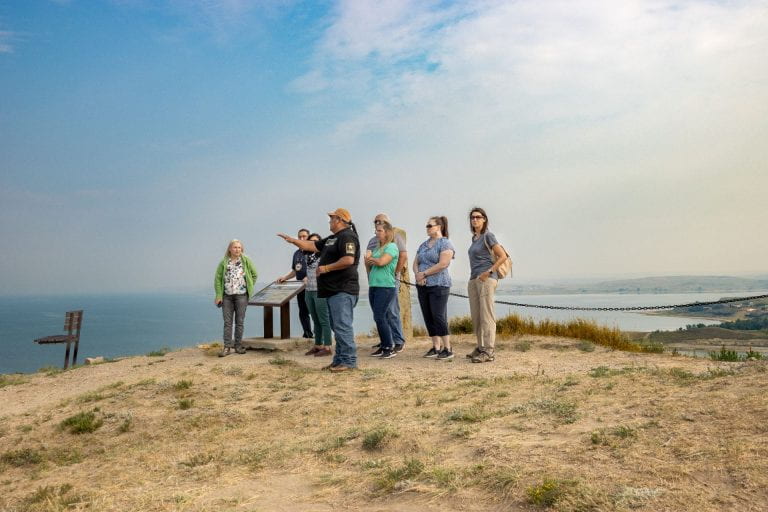
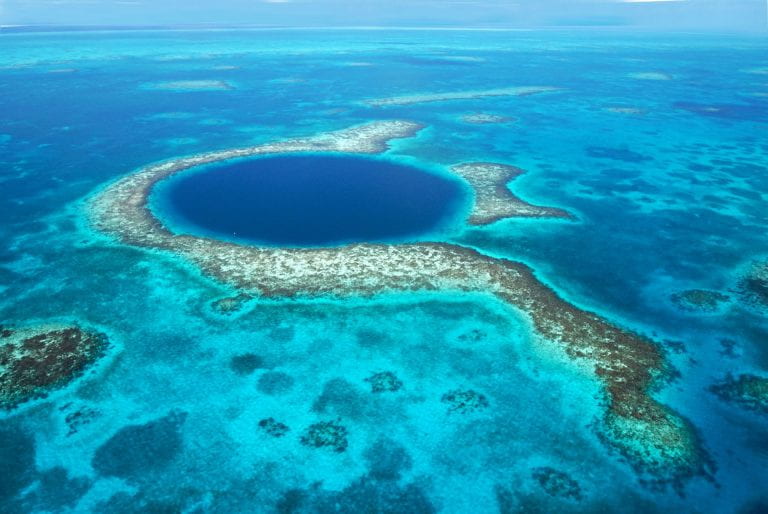
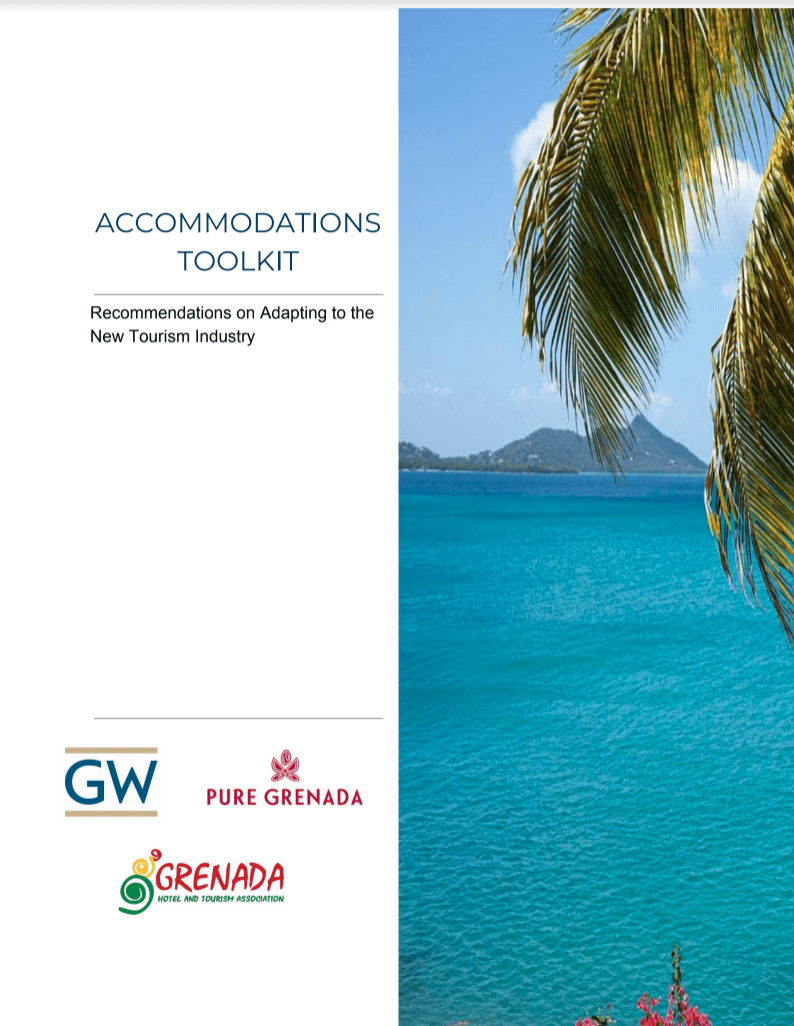
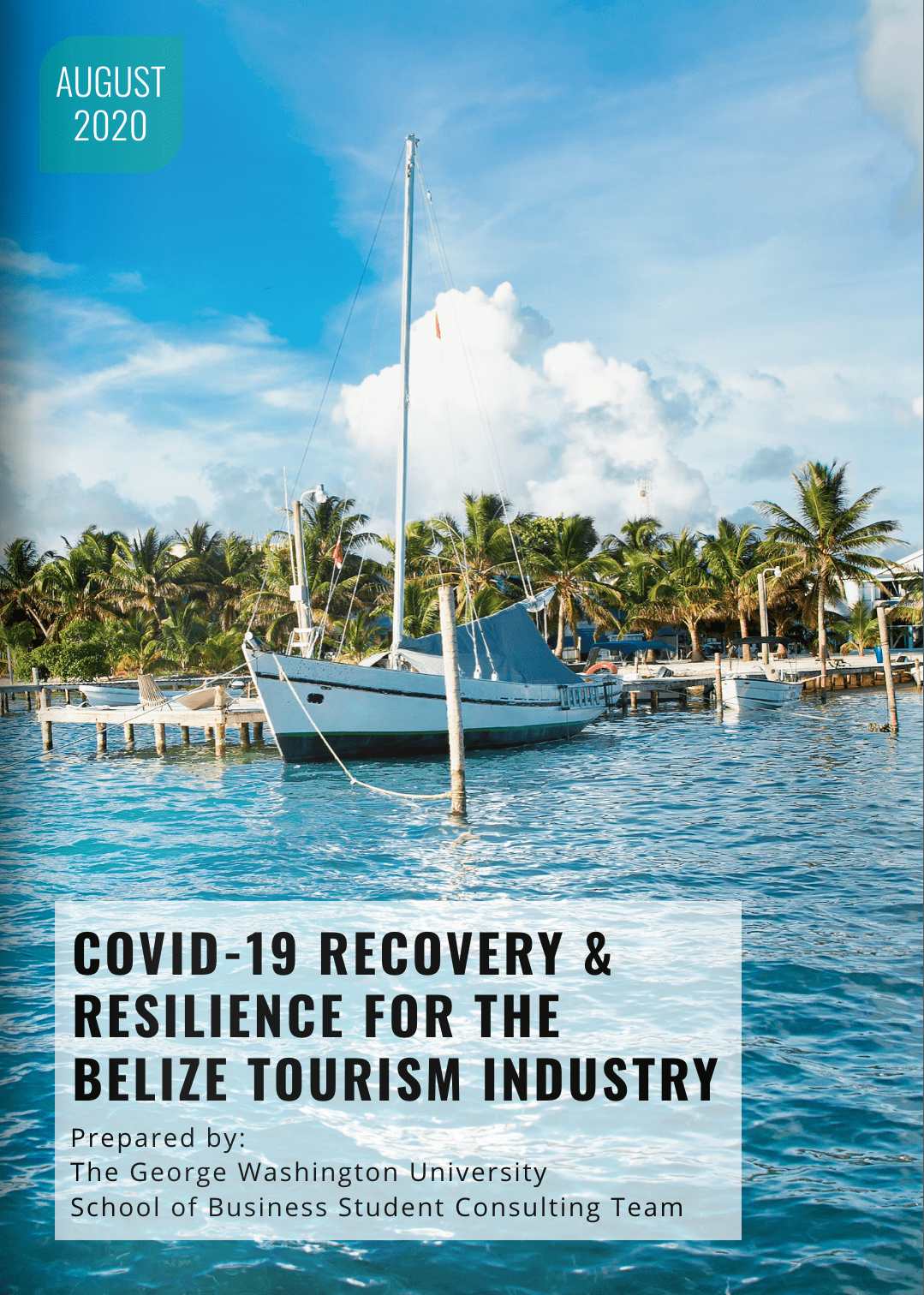
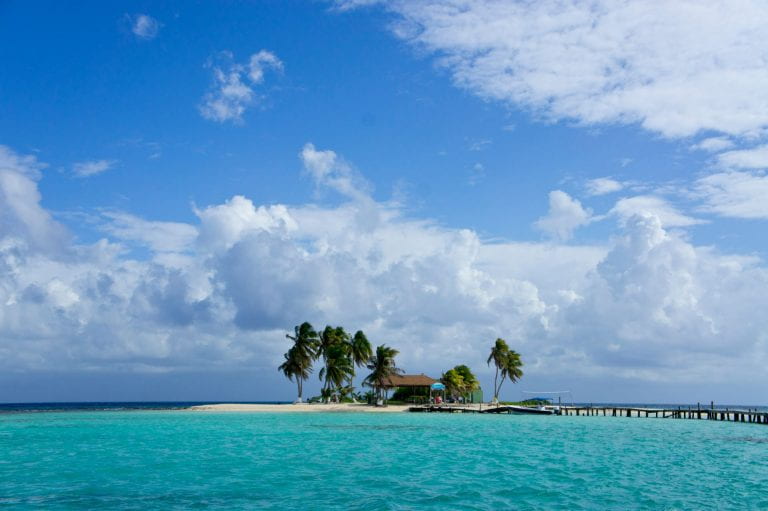


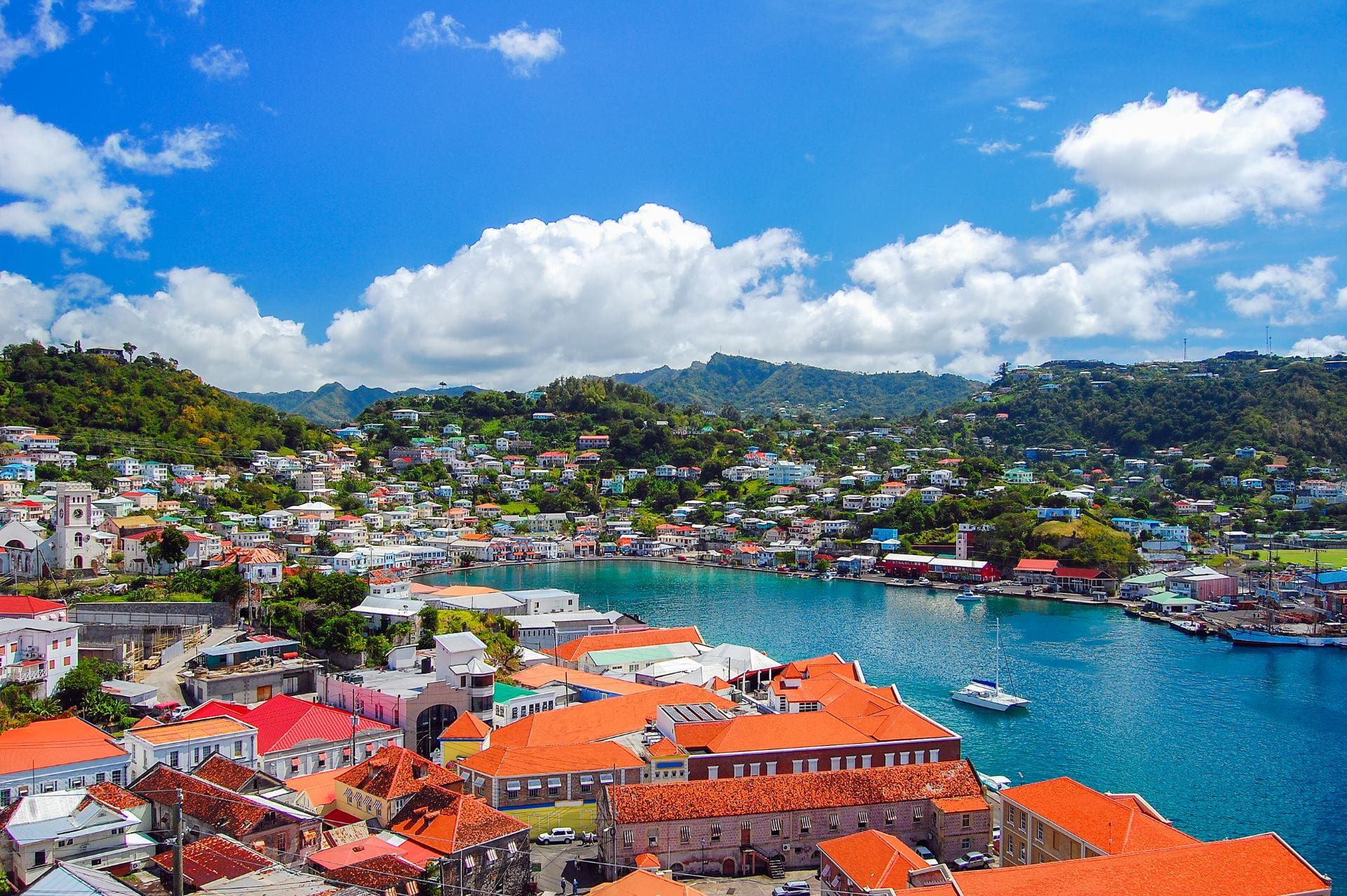
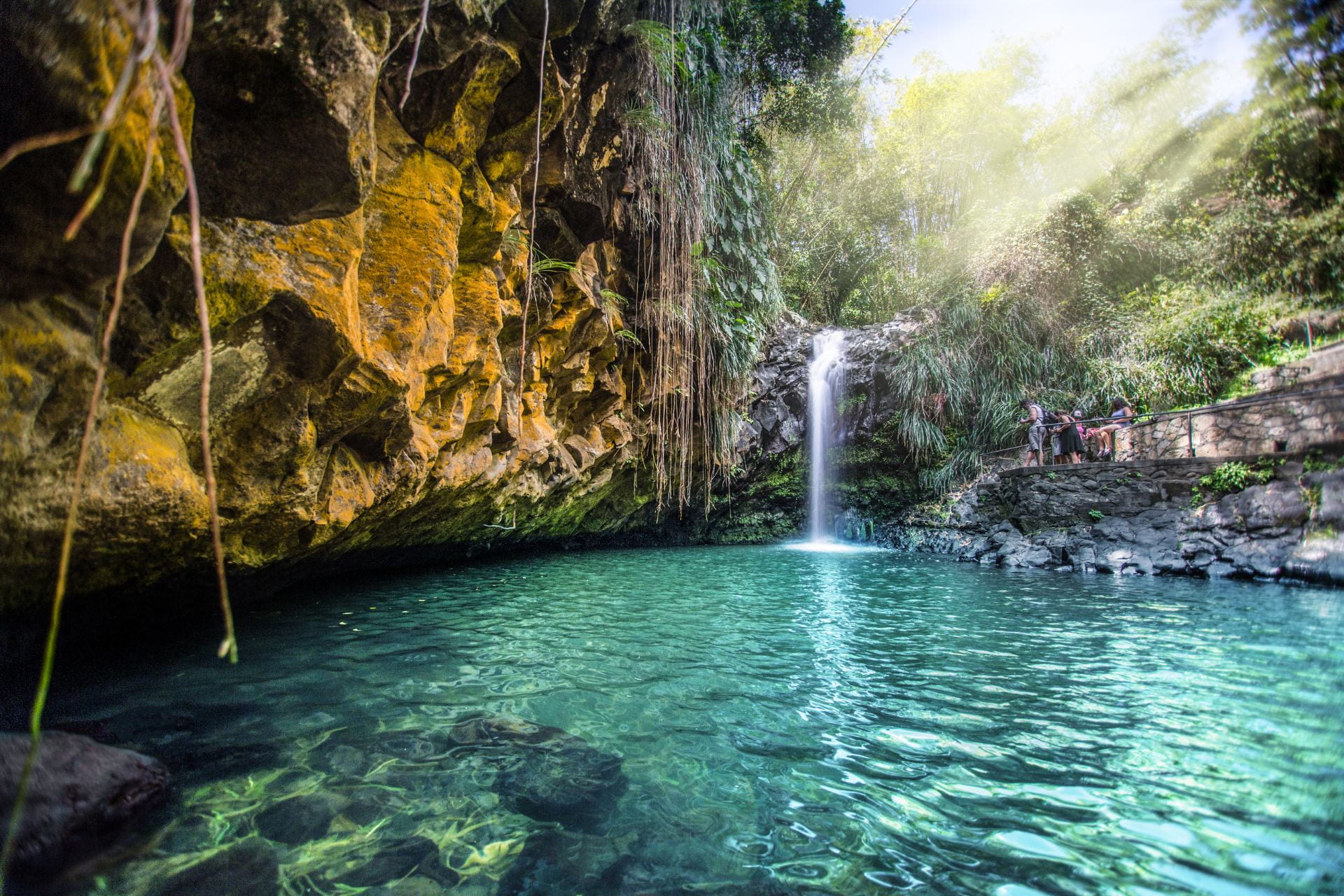

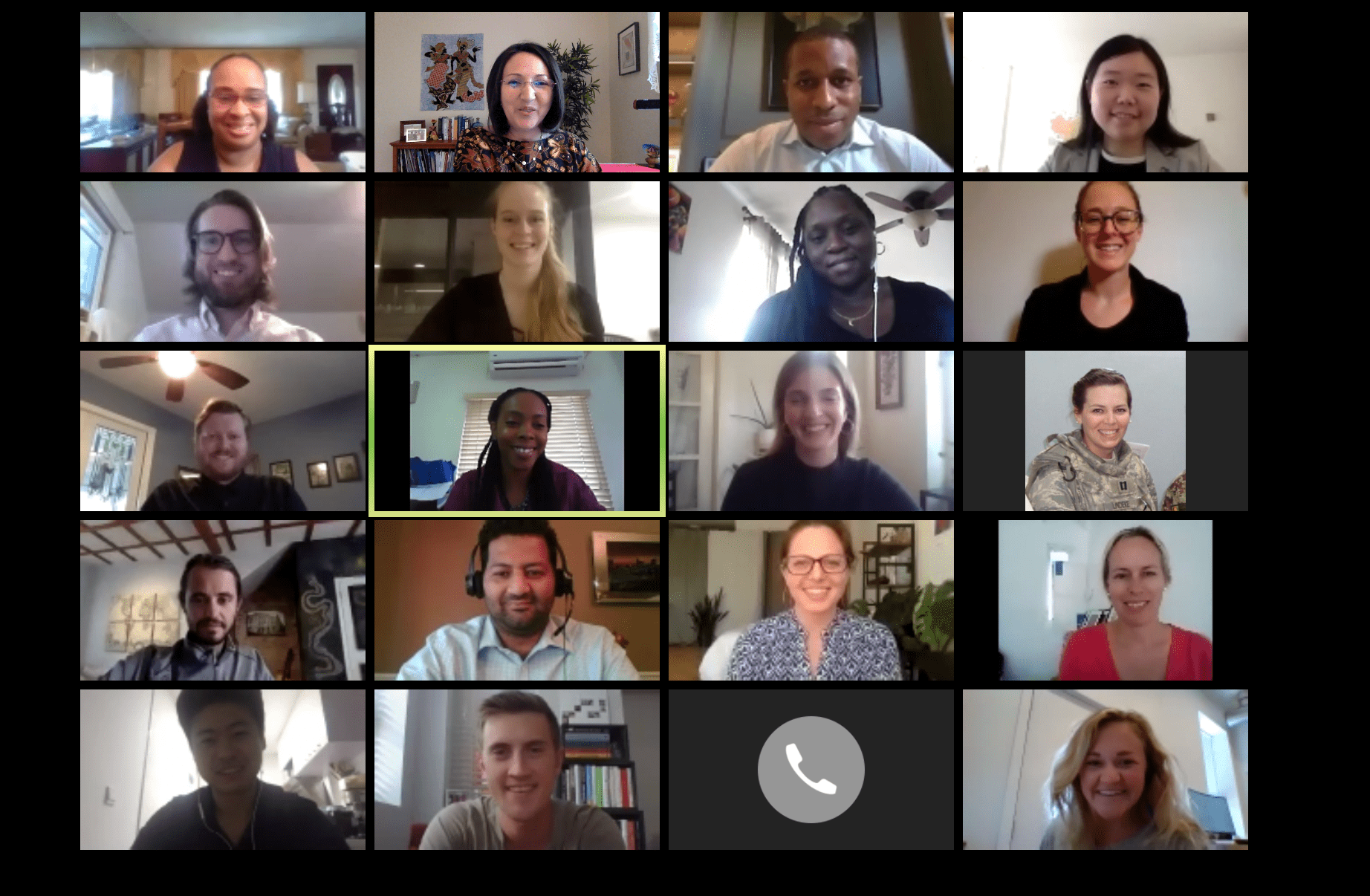
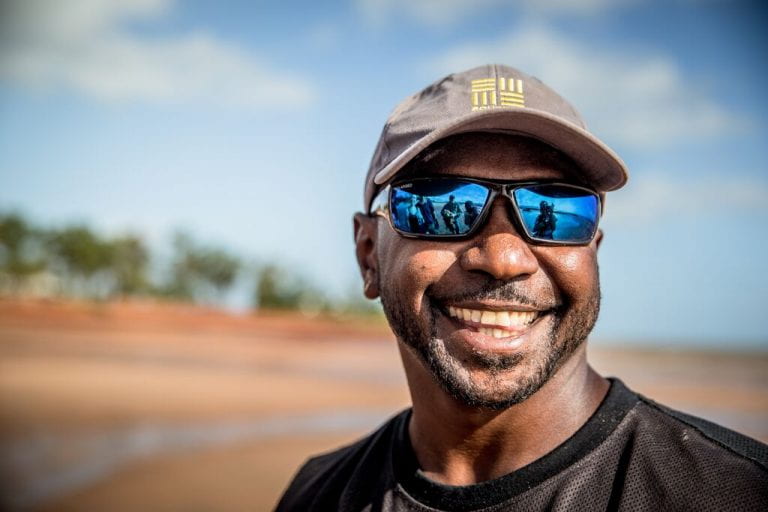
 By James Thornton, CEO Intrepid Travel
By James Thornton, CEO Intrepid Travel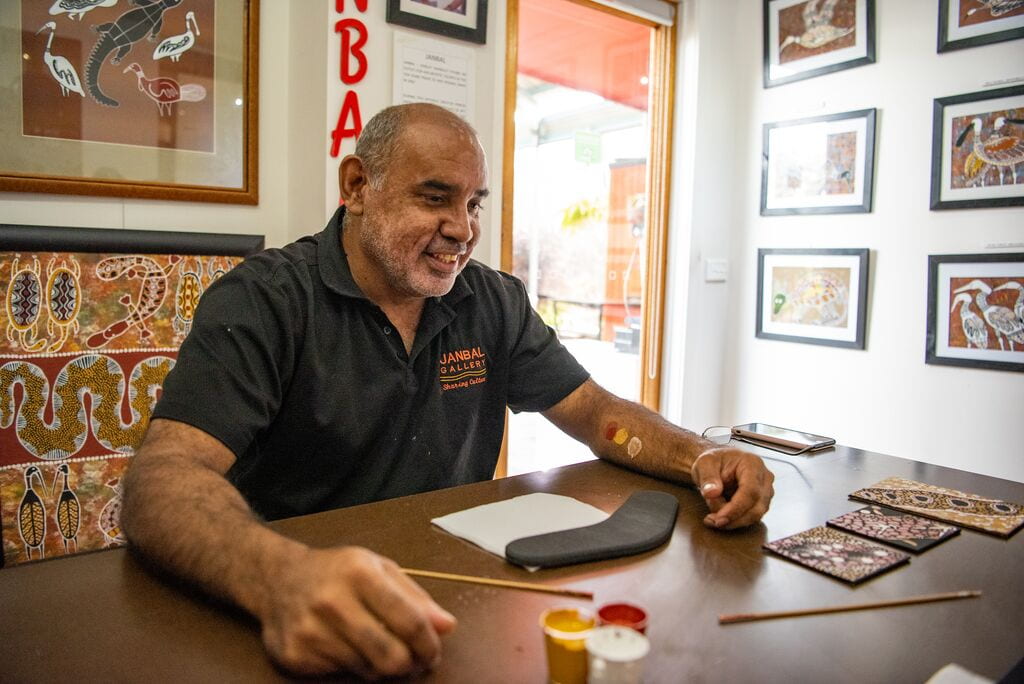
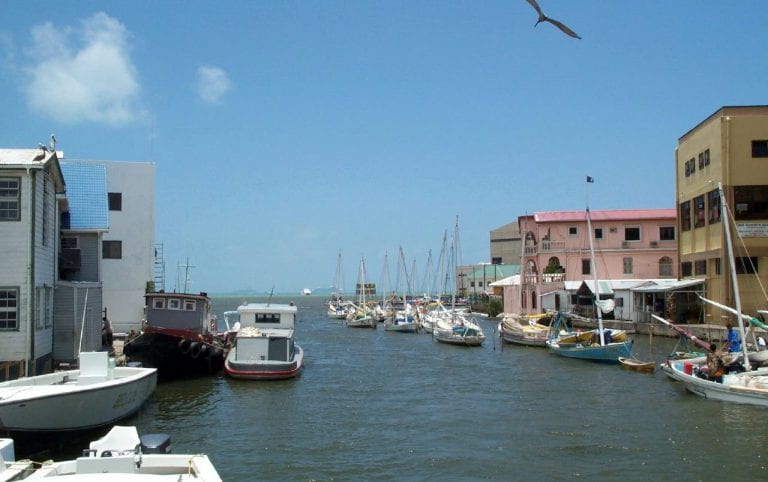
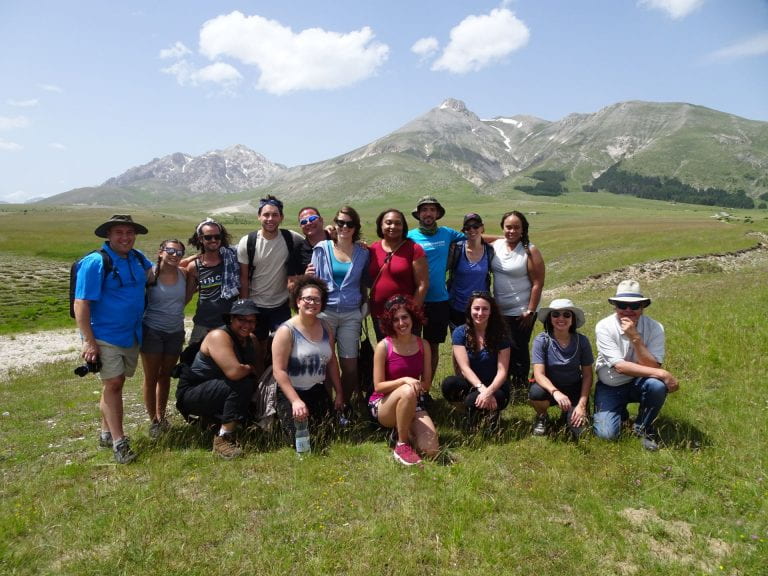
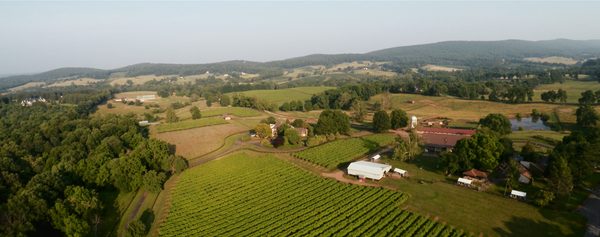
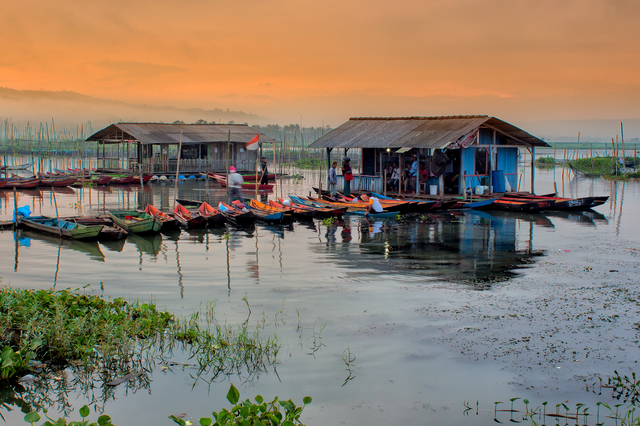



 In addition to research, we also want to fill the more pressing needs for capacity building on sustainability and destination management in key regions such as the Caribbean and Latin America. And finally, we want to develop strategic partnerships that would enable us to offer our students very unique experiences working in tourism development issues around the world.
In addition to research, we also want to fill the more pressing needs for capacity building on sustainability and destination management in key regions such as the Caribbean and Latin America. And finally, we want to develop strategic partnerships that would enable us to offer our students very unique experiences working in tourism development issues around the world.